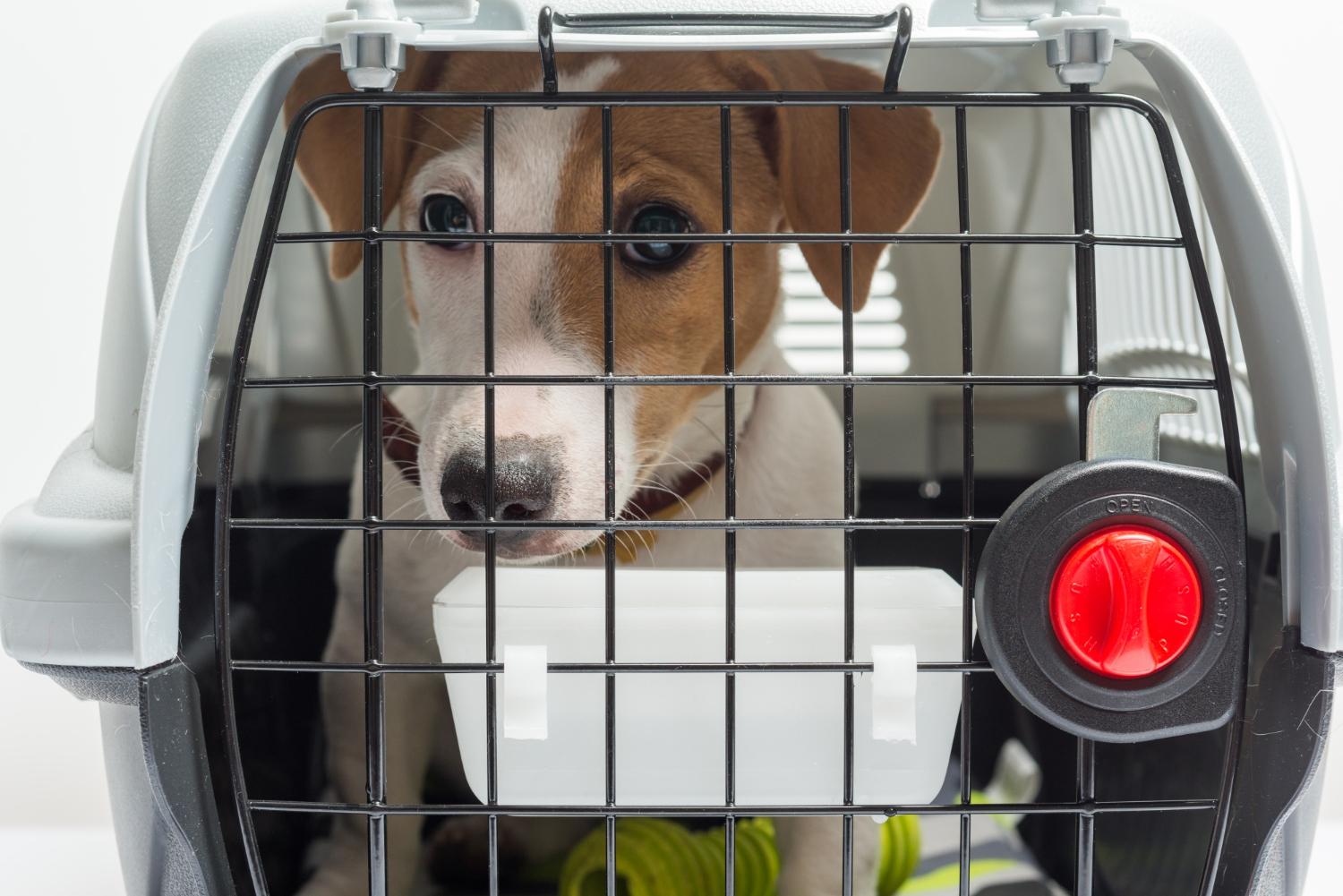Embarking on air travel with your beloved pet can be an exciting yet challenging experience. From ensuring their safety and comfort to navigating the complex web of regulations, pet travel demands meticulous planning. In this comprehensive guide, we will delve into the intricacies of air travel with pets, providing valuable tips, guidelines, and the latest regulations to make the journey a smooth and enjoyable one for both humans and their furry companions.
Preparing for Pet Travel
Research Airlines and Regulations:
- Before booking tickets, research airlines to understand their pet travel policies.
- Be aware of specific regulations governing pet travel, including carrier size requirements, breed restrictions, and health documentation.
Book Pet-Friendly Accommodations:
- If your journey involves layovers or overnight stays, book accommodations that welcome pets.
- Confirm the pet policies of hotels or lodgings to avoid any surprises upon arrival.
Visit the Veterinarian:
- Schedule a visit to the veterinarian well in advance of your trip.
- Obtain necessary vaccinations, health certificates, and discuss any specific concerns or precautions related to your pet’s well-being during travel.
Acclimate Your Pet to the Carrier:
- Familiarize your pet with the travel carrier well before the journey.
- Allow them to explore and spend time in the carrier to reduce anxiety on the day of travel.
Choosing the Right Travel Carrier
Size and Ventilation:
- Select a carrier that complies with airline regulations regarding size and ventilation.
- Ensure your pet can stand, turn around, and lie down comfortably.
Comfort and Familiarity:
- Line the carrier with a familiar blanket or toy to provide comfort and a sense of security.
- Familiar scents can help ease your pet’s anxiety during the journey.
Secure Fastenings:
- Choose a carrier with secure fastenings to prevent accidental escapes during transit.
- Double-check zippers, locks, and any other closures before departure.
Tips for Stress-Free Pet Travel
Identification Tags:
- Ensure your pet wears a secure collar with updated identification tags.
- Include your contact information and any relevant medical details.
Comfort Items:
- Pack your pet’s favorite toys, a familiar blanket, and even a piece of your clothing for comfort.
- Familiar items can provide a sense of security in an unfamiliar environment.
Avoid Sedation:
- Consult with your veterinarian before considering sedation for your pet during travel.
- Sedation can impact their respiratory system, and it’s essential to assess the risks and benefits.
Feeding Schedule:
- Stick to your pet’s regular feeding schedule before travel.
- Avoid feeding a large meal close to departure to prevent discomfort.
Exercise Before the Journey:
- Engage in a play or exercise session before the journey to help your pet release excess energy.
- A tired pet is more likely to rest during the flight.
Navigating Security and Check-In Procedures
Arrive Early:
- Arrive at the airport well in advance to navigate check-in procedures smoothly.
- Allow time for security checks and any additional documentation required for your pet.
Security Screening for Pets:
- Be prepared to remove your pet from the carrier during security screening.
- Follow security personnel instructions to ensure a swift process.
Check-In Counter:
- Visit the airline’s check-in counter to finalize pet travel arrangements.
- Present all required documentation, including health certificates and vaccination records.
Pet-Friendly Airport Facilities:
- Some airports offer designated pet relief areas.
- Take advantage of these facilities during layovers to provide your pet with necessary breaks.
In-Flight Pet Care
Seat Placement:
- Choose a seat with sufficient under-seat space to accommodate your pet’s carrier.
- Familiarize yourself with the airline’s specific regulations regarding in-cabin pet placement.
Adequate Ventilation:
- Ensure your pet’s carrier is adequately ventilated during the flight.
- Avoid blocking ventilation holes with additional items.
In-Cabin vs. Cargo:
- Evaluate the pros and cons of in-cabin vs. cargo travel based on your pet’s size, breed, and the airline’s policies.
- Larger pets may be more comfortable in the cargo hold with proper temperature controls.
Stay Calm and Reassuring:
- Speak to your pet in a calm and reassuring voice during the flight.
- Avoid opening the carrier unless instructed by airline staff.
Post-Flight Care and Adjustment
Gradual Introduction:
- Upon reaching your destination, gradually reintroduce your pet to their new surroundings.
- Allow them to explore their designated area at their own pace.
Hydration and Nourishment:
- Offer your pet water and their regular food upon arrival.
- Monitor their hydration and eating habits during the initial adjustment period.
Rest and Relaxation:
- Create a quiet and comfortable space for your pet to rest.
- Give them time to acclimate to the new environment before introducing additional stimuli.
Latest Regulations and Standards
International Travel Requirements:
- Research and comply with the specific pet travel regulations of the destination country.
- Some countries have stringent entry requirements, including microchipping, quarantine, and specific vaccinations.
Airline-Specific Guidelines:
- Stay informed about the latest pet travel policies of individual airlines.
- Policies may vary, and it’s crucial to adhere to each airline’s specific guidelines.
Temperature Considerations:
- Be mindful of temperature restrictions imposed by airlines, especially during extreme weather conditions.
- Some airlines may have embargoes on pet travel during hot or cold seasons.
Navigating the skies with your pet requires careful planning, adherence to regulations, and a deep understanding of your furry friend’s needs. Whether embarking on a domestic journey or an international adventure, prioritizing pet care and following the latest standards ensures a safe and comfortable experience for both you and your pet. By considering every aspect of the journey, from preparation and in-flight care to post-flight adjustment, you can create a positive travel experience that strengthens the bond between you and your cherished companion.
Image by nikitabuida on Freepik

